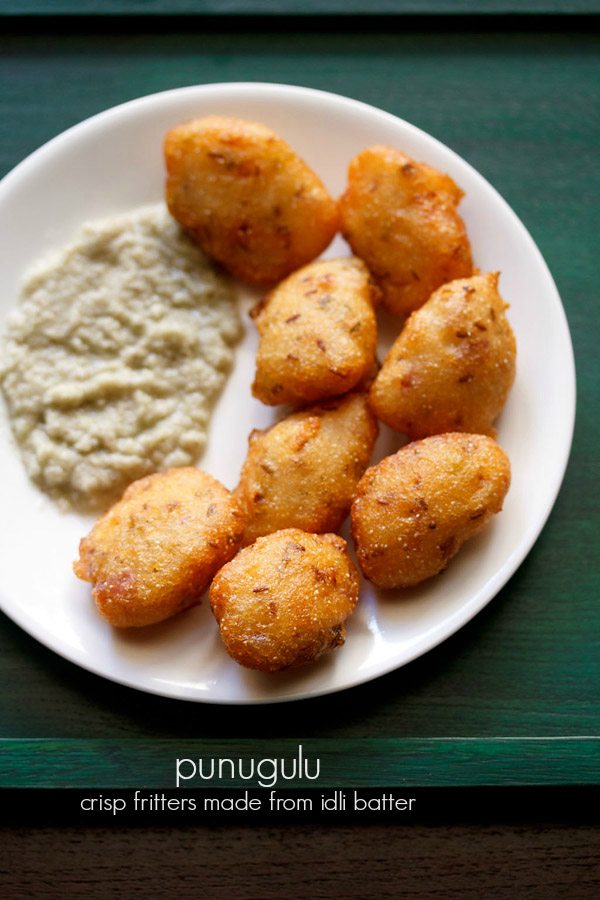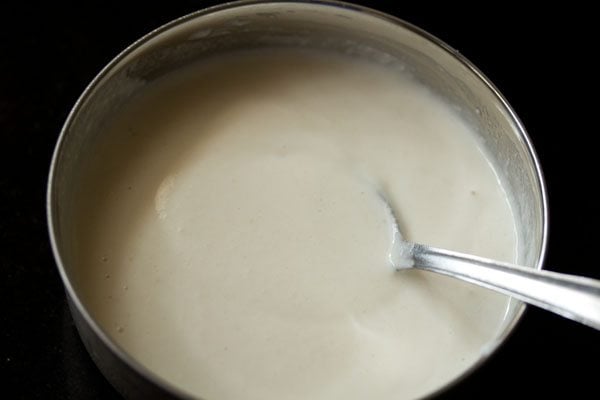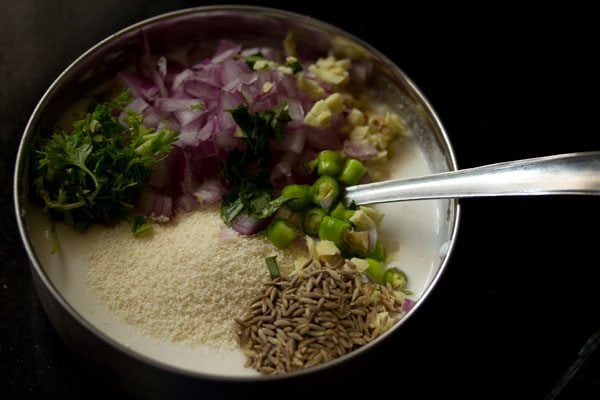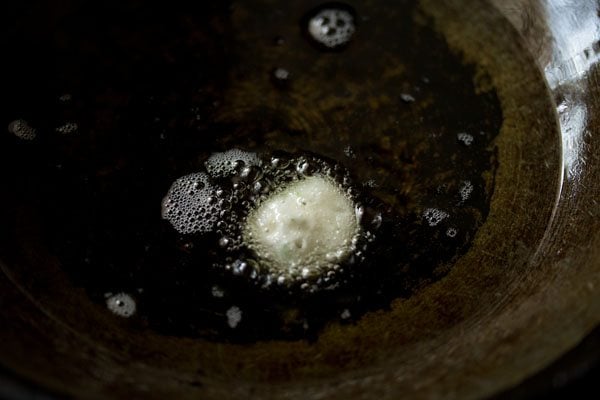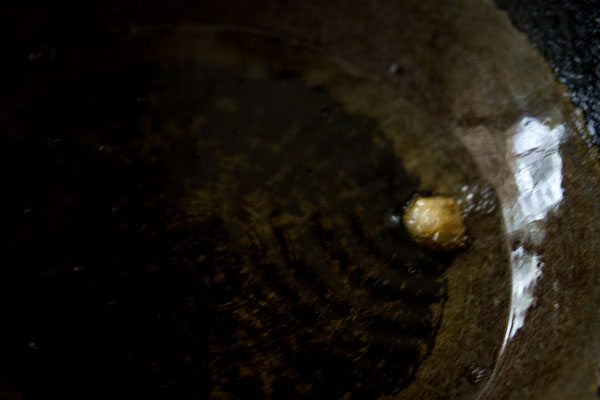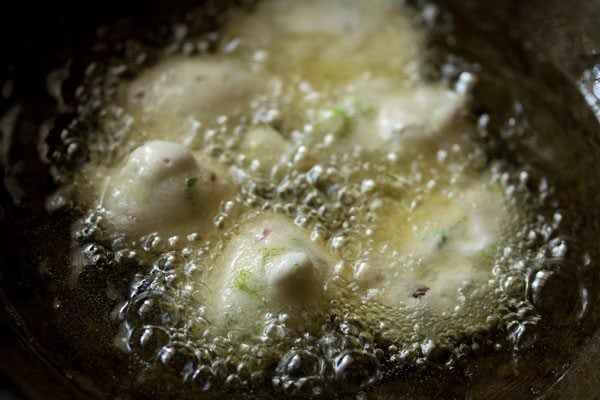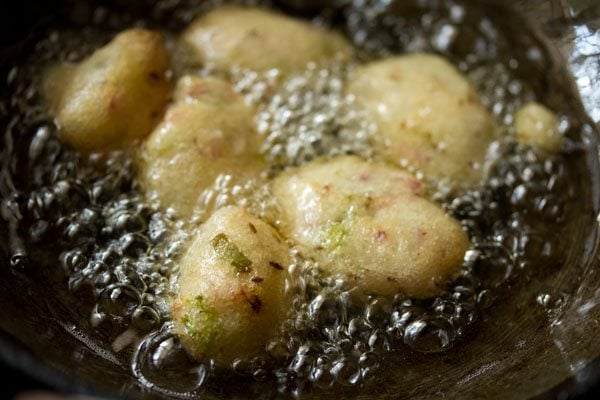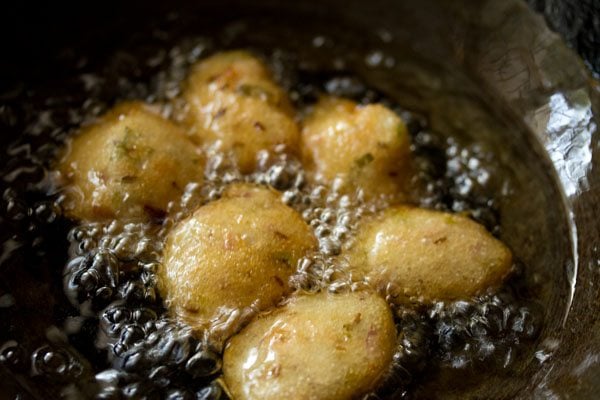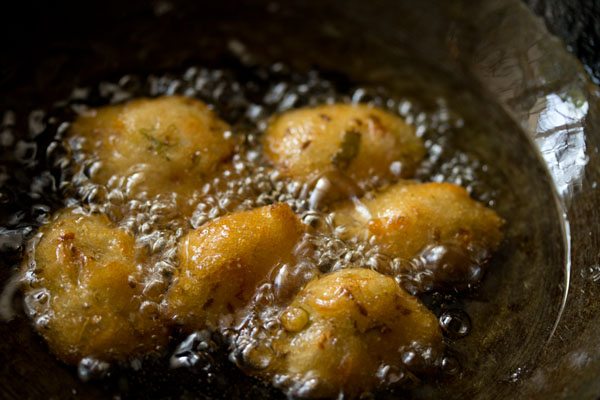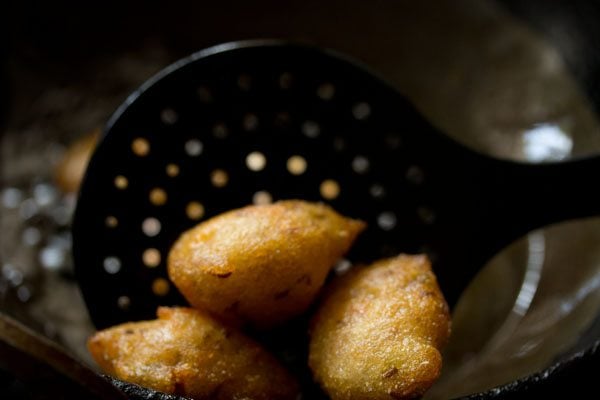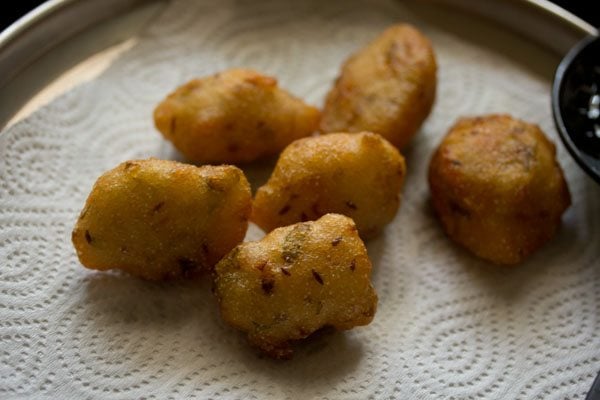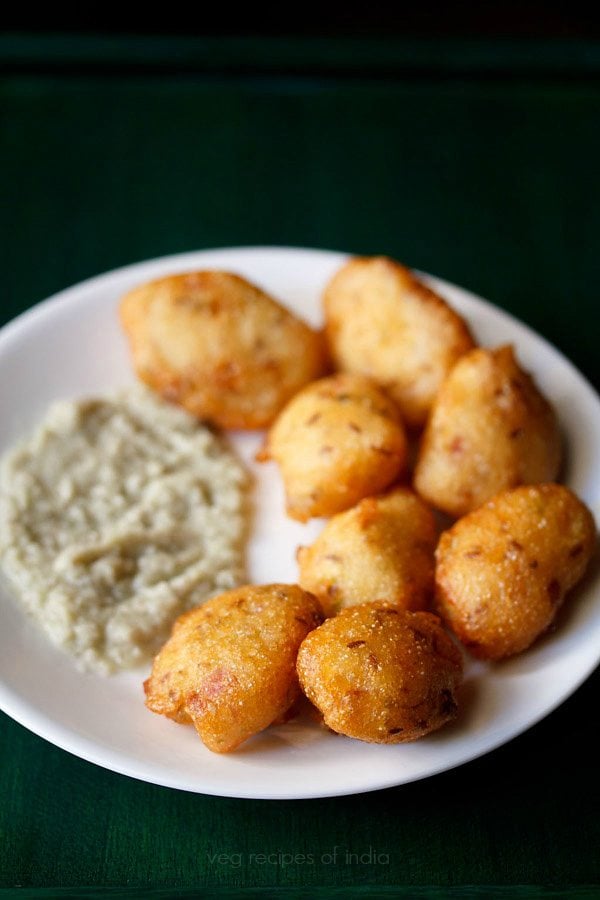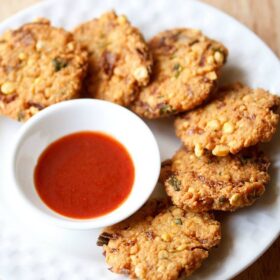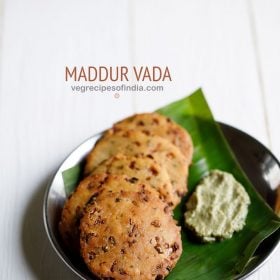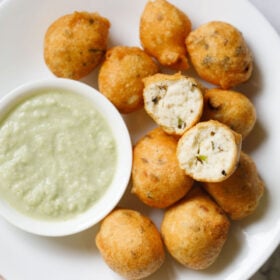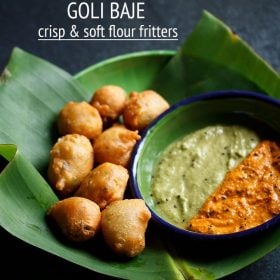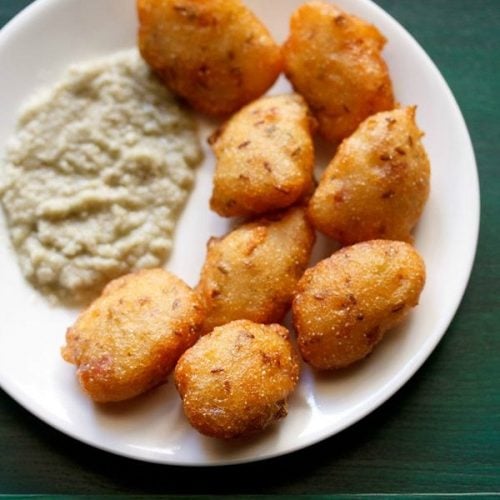What are Punugulu
Punugulu (or punukulu) are a variation of Paniyaram and Appe, that are deep-fried instead of cooking them in the appe pan. Of course, you can make punugulu in the appe pan too, but then they’ll be like Paniyarams. If you have leftover Idli Batter or Dosa Batter, making punugulu is the perfect way to use it. It’s also a flexible recipe insofar as you can also make it with freshly ground idli batter, too. If you like your fritters to have an almost sourdough tang, then keep for the batter to for 2 to 3 days in the fridge before using it. Usually, I make these fritters on the second day. The first day after the batter has fermented, I make idli or dosa. Punugulu makes for a quick and easy snack if you have the idli dosa batter ready. You can serve it with any chutney. Usually, we prefer eating ours with Coconut Chutney or Peanut Chutney.
Ingredients & Substitutions
Idli Batter – Or use dosa batter or uttapam batter. Rava (Semolina) – This is an optional addition that gives the fritters a lovely bit of texture. If you don’t have any, it is fine to omit it. Or add rice flour instead. Onion – For sweet allium complexity. Feel free to use red, white, yellow, or sweet onions, or swap in shallots instead. Curry Leaves & Ginger – For warmth. In a pinch, feel free to use dried curry leaves and dried, powdered ginger. Green Chillies – For a bit of heat. Feel free to dial up the spice by adding extra, or make it milder by adding less or omitting it altogether. Coriander Leaves (Cilantro) – For a bit of herbaceous brightness. Feel free to substitute your favorite tender herb like parsley instead. Cumin Seeds – For warmth. In a pinch, you can swap in ground cumin instead. Oil – This is for deep frying the punugulu, so be sure to choose a neutral-flavored oil with a high smoke point (e.g. vegetable oil, peanut oil, refined coconut oil, or ghee).
Optional Variations
There are many variations you can make in the punugulu recipe, so customization is key. Consider:
Adding greens to the batter (e.g. finely chopped fenugreek or spinach or spring onion greens) Changing the spices and herbs as per your taste. You can skip onions in the recipe if you follow a Satvik diet. Make a simple version with only cumin and green chilies. For crispier punugulu, I add fine rava (semolina) to the batter, but you can even add rice flour.
How to make Punugulu
Prep
- Take 1 cup idli batter or dosa batter in a bowl. Let the batter come to room temperature if you have refrigerated it. Below I have used idli batter. Do check the consistency of the idli dosa batter. If its medium-thick, you do not need to add rava (semolina). But if it is on the thinner side, consider adding some rava or rice flour to thicken the batter. I have added 1 tablespoon of rava to the batter. However keep in mind not to add too much as these can make the texture denser and tougher. On the contrary if the batter is too thick, you will need to add a few tablespoons of water or else the texture can be hard and chewy.
- Add the below listed ingredients and mix very well:
1 tablespoon of rava or suji (optional) ¼ cup finely chopped onions 1 teaspoon of chopped curry leaves 1 inch ginger (finely chopped) 1 or 2 green chilies (or ½ to 1 teaspoon, chopped) 2 to 3 teaspoons of chopped coriander leaves 1 teaspoon of cumin seeds
Fry Punugulu
- Heat oil for deep frying in a kadai or pan.
- Test a small portion of the batter in medium hot oil. The outside should be crisp and the inside should be soft and fluffy. If the outside is too crisp and absorbs a lot of oil and becomes flat, then add some more rava or rice flour to the batter and mix very well. If the texture is hard or dense, then some more water needs to be added to the batter.
- Once you get the right texture after frying your tester, then add spoonfuls of the batter in medium hot oil.
- When the sides become pale golden and crisp, turn them over with a slotted spoon.
- Continue to fry them in medium hot oil turning them a few times for even browning.
- Fry the punukulu till they become crisp and golden.
- Once done, then remove the punugulu with a slotted spoon and drain the excess oil.
- Keep fried punugulu on kitchen towels to drain the excess oil.
- Serve Punugulu hot or warm as a tea-time snack or an after-school snack for kids. You can pair them with coconut chutney or peanut chutney or any chutney of your choice.
Expert Tips
Make sure to heat your oil appropriately for deep frying. We’re aiming for a temperature of between 180 to 190 Celsius. If the oil is too cold, the batter will sink, the exterior won’t crisp up, and the fritters will get oil-logged. If the oil is too hot, the punugulu will burn on the outside before the interior has a chance to cook through. The punugulu batter should not be thick or thin but have a medium (slightly thick) consistency. If the batter is of the right consistency, then you don’t need to add either water or rava/rice flour. If the batter is very thick, you can add a few tablespoons of water. If it is thin, then add a few tablespoons of rice flour or rava. Spice and Herb variations: Add your favorite herbs and spices to the batter. You can choose from crushed black pepper, cumin seeds, green chillies, asafoetida (hing), curry leaves, ginger and coriander leaves. Feel free to skip onions if you do not prefer them. For small kids omit the green chillies.
Please be sure to rate the recipe in the recipe card or leave a comment below if you have made it. For more vegetarian inspirations, Sign Up for my emails or follow me on Instagram, Youtube, Facebook, Pinterest or Twitter. Dal Vada | Masala Vada | Parippu Vada Maddur Vada Mysore Bonda Recipe | Mysore Bajji Goli Baje | Mangalore Bajji | Mangalore Bonda This Punugulu recipe from the archives first published in April 2016 has been updated and republished on March 2023.
